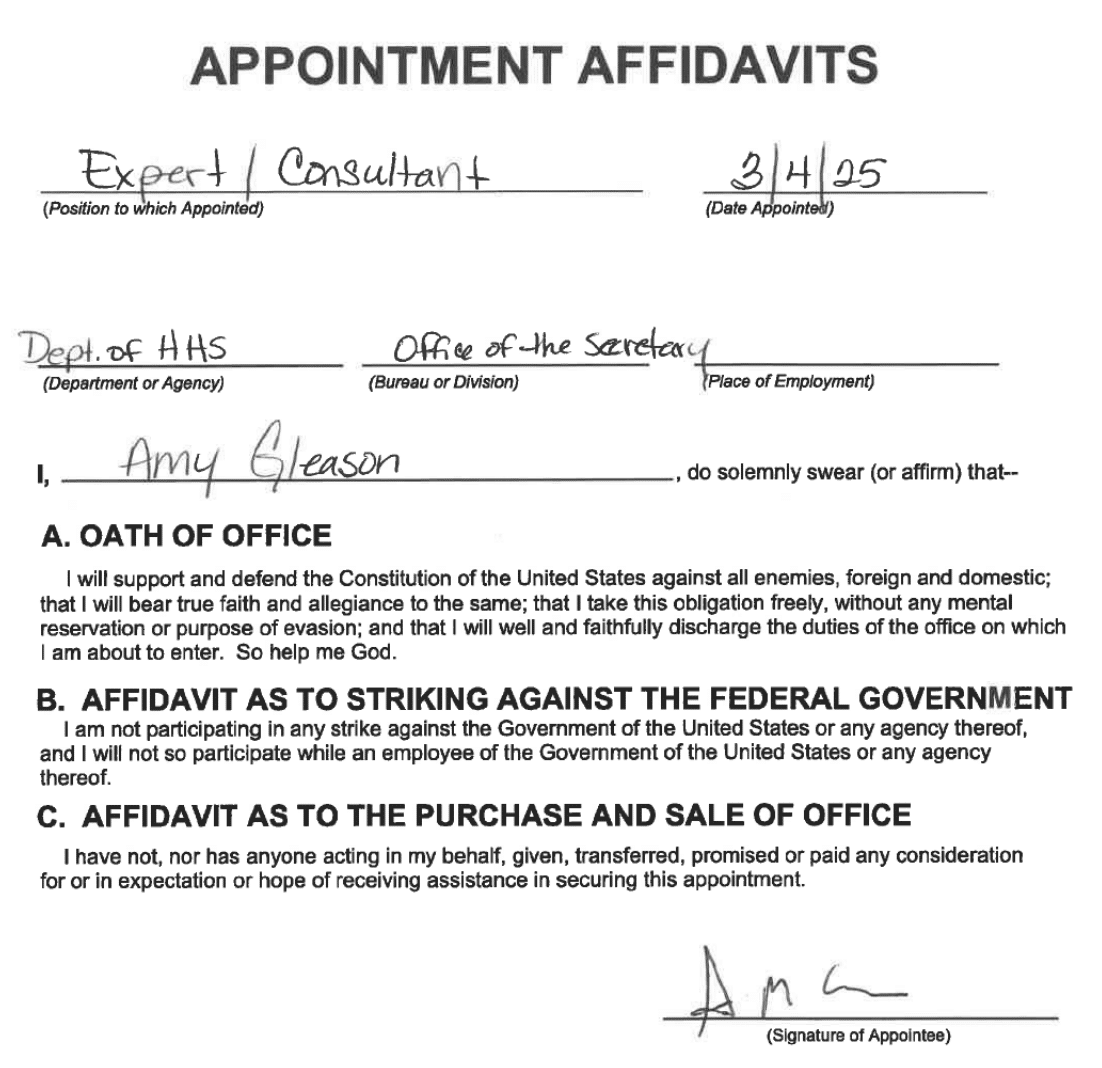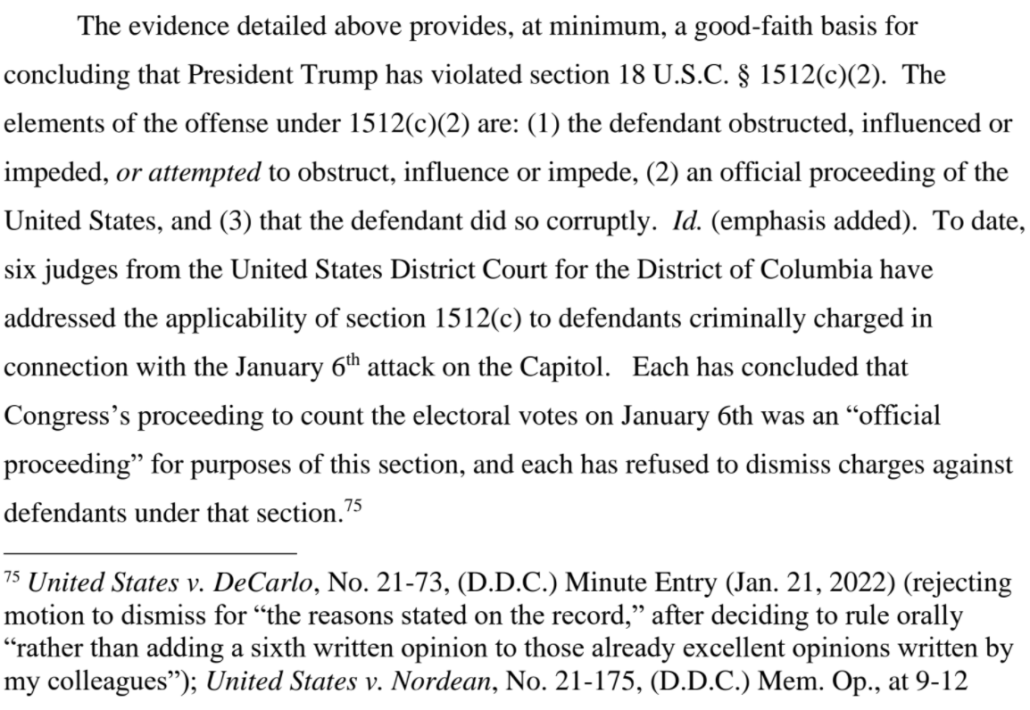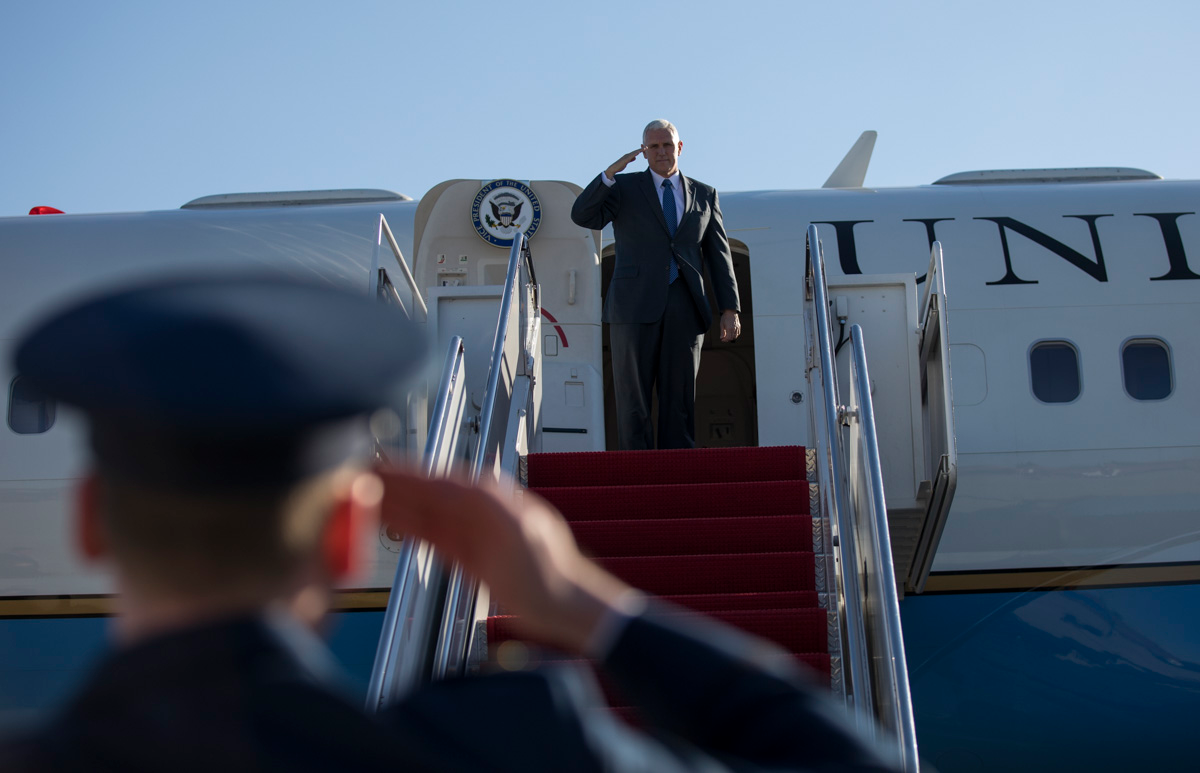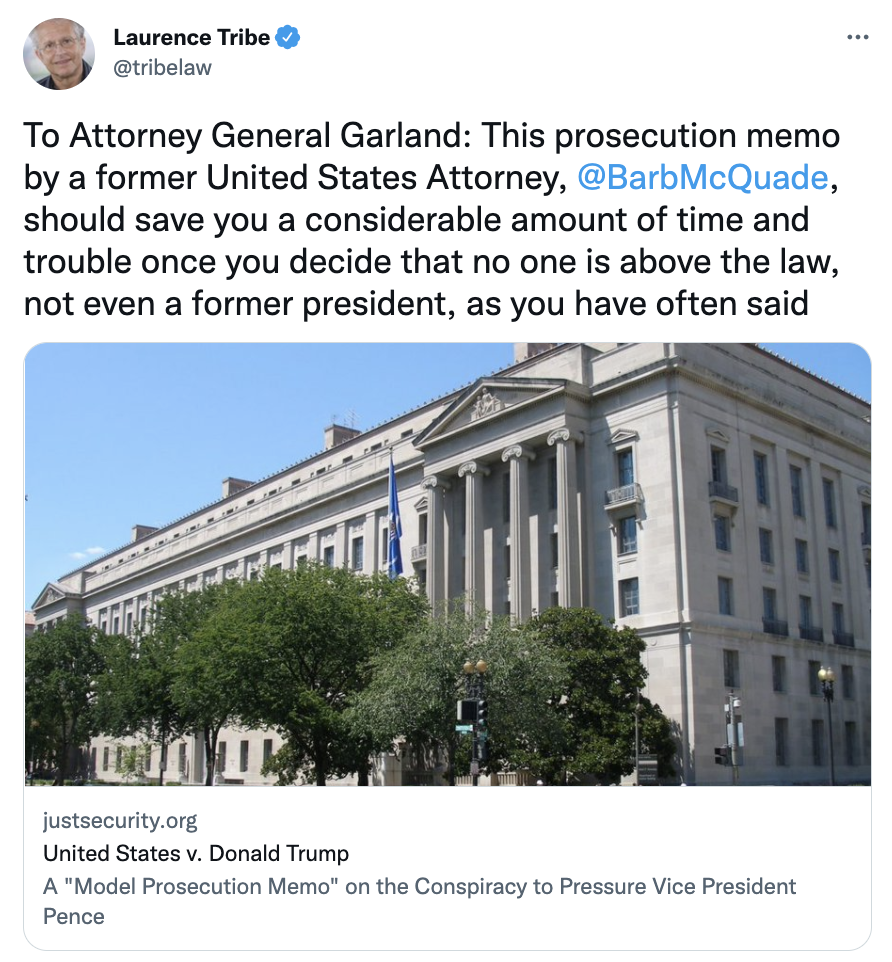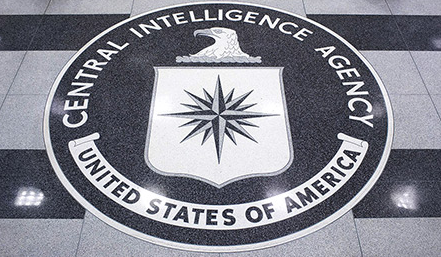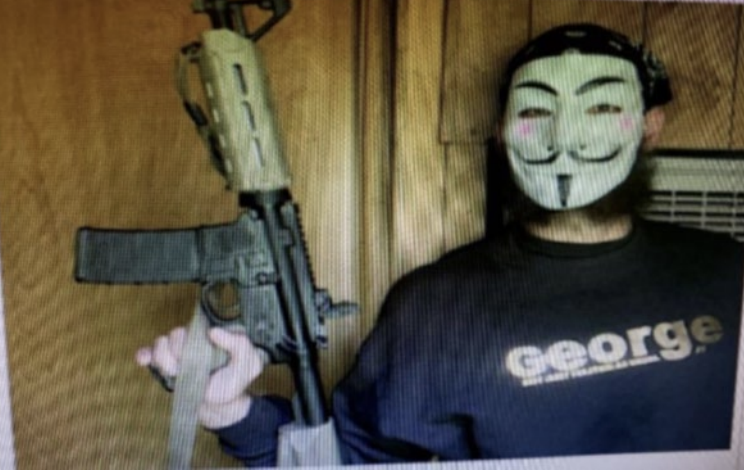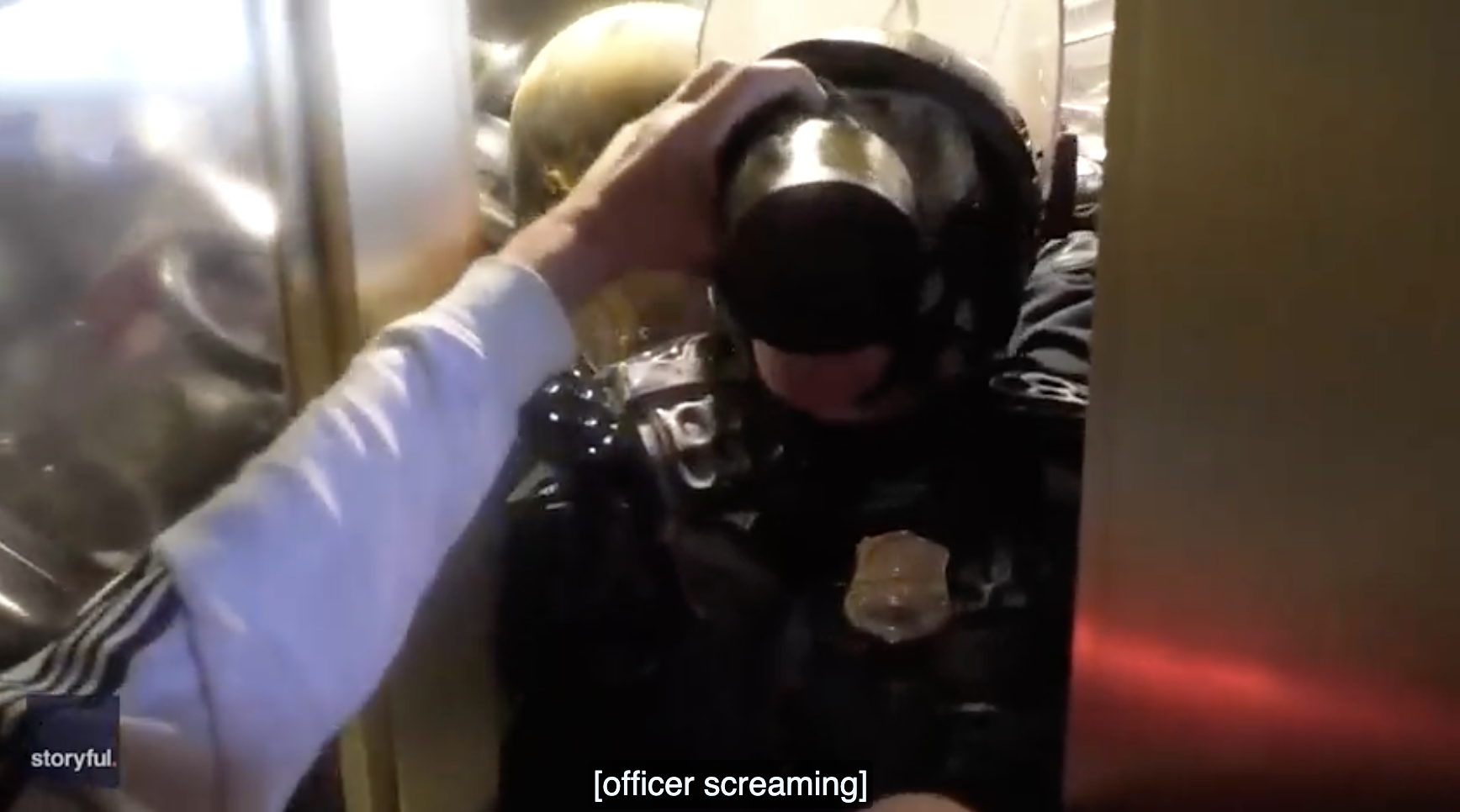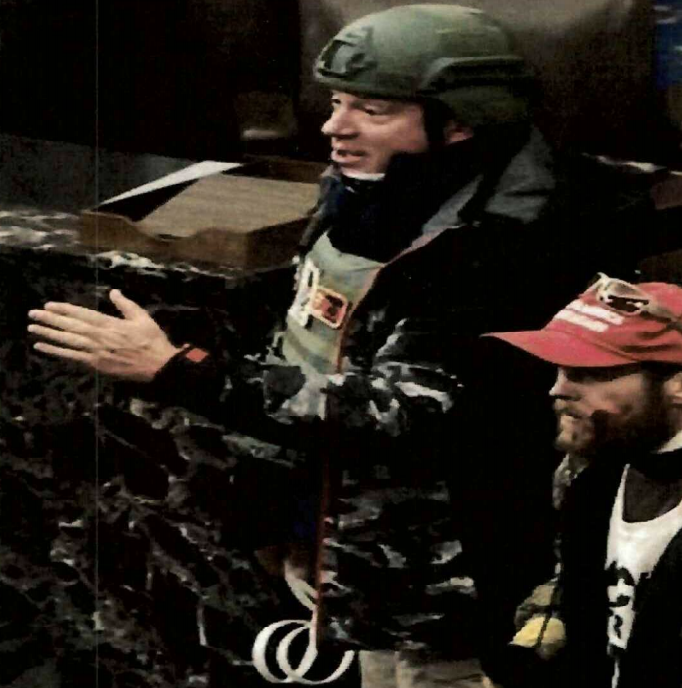Hard Lines on Legal Capitulation
To succeed, authoritarians must weaken or co-opt civil society, those spheres of society via which people form social ties independent of government.
That’s what Trump has been trying to do with his attacks on universities, the press, and non-governmental organizations, among other targets.
Businesses — small and large — are an important subset of civil society, both because so much local, national, and international power is concentrated there, but also because corporations often favor certain trappings of authoritarianism, particularly if it comes (as Trump’s does) with a promise to let corporations commit crimes.
Businesses are often the easiest corners of civil society for budding authoritarians to co-opt.
Trump has attempted to co-opt businesses by trading thinly-disguised bribes for favorable government assistance, whether in the form of closing investigations into illegal business practices, approval for consolidation, or massive government contracts. These bribes have a lasting value for Trump, because they serve to corrupt businesses as an ongoing process, locking in a commitment to succeed not by competition, but by tribute. Businesses that buy into Trump’s corrupt quid pro quo will have a difficult time ever freeing themselves from it.
This has been a particularly useful tool with media corporations. While ABC continues to do important journalism in the wake of Disney’s capitulation, there’s a tacit understanding that Trump can repeat his coercion if future reporting really bothers him, and CBS has all but sacrificed its journalistic independence in advance of the expected Paramount settlement. WaPo’s plight in the face of Jeff Bezos’ obeisance to Trump is even more stark.
This dynamic is one reason why right wing opposition to Trump’s tariffs is so important: the tariffs are so destructive that at least some right wingers were and are willing to confront Trump publicly on them (and the rest of the business community is no doubt cheering silently from cowardly perches in executive suites).
And this dynamic is why I find WSJ’s report on the evolving response to Trump’s attempt to cow Big Law so interesting.
The entire piece presents a curious narrative arc, describing the stories that capitulating firms tell themselves to excuse their choice.
At Cadwalader, Wickersham & Taft, managing partner Pat Quinn grew emotional when he announced to fellow partners that their firm—the oldest in New York—had reached a deal for peace with the Trump administration. Days later, in a firmwide meeting, Quinn said Cadwalader’s leadership had strongly considered fighting the Trump administration but ultimately elected to reach a deal out of a sense of duty to the firm and its clients, according to people familiar with his remarks.
[snip]
Firms that struck deals hoped to find solidarity in numbers. The country’s largest firm, Kirkland & Ellis, which had about $9 billion in revenue last year, lobbied its peers to sign deals.
Some of this may be denial or cowardice. The WSJ specifically notes that Paul Weiss’ Brad Karp, who serves as a kind of villain in the piece, is “a longtime Democratic donor.” Given its longstanding right wing political posture, Kirkland’s pitch for solidarity in capitulation might be a corrupt bid to support authoritarianism.
As in all of these stories, GOP firm Jones Day is not mentioned.
The story contrasts that capitulation from Paul Weiss and Kirkland and others with examples of general counsels — Citadel appears in a splashy lede, and Oracle, Microsoft, McDonalds, and Morgan Stanley are named among ten or eleven other companies — that are specifically seeking out law firms that stood up to Trump, because they view that as indication that they’ll take a hard line in negotiations for their business.
At least 11 big companies are moving work away from law firms that settled with the administration or are giving—or intend to give—more business to firms that have been targeted but refused to strike deals, according to general counsels at those companies and other people familiar with those decisions.
Among them are technology giant Oracle, investment bank Morgan Stanley, an airline and a pharmaceutical company. Microsoft expressed reservations about working with a firm that struck a deal, and another such firm stopped representing McDonald’s in a case a few months before a scheduled trial.
In interviews, general counsels expressed concern about whether they could trust law firms that struck deals to fight for them in court and in negotiating big deals if they weren’t willing to stand up for themselves against Trump. The general counsel of a manufacturer of medical supplies said that if firms facing White House pressure “don’t have a hard line,” they don’t have any line at all.
In other words, the story portrays a very real spectrum of response to Trump’s threat, but a spectrum that may be shifting towards resistance to Trump.
Which is why two anecdotes at the end of the 1,900-word story are of such interest.
WSJ describes the role of Sullivan & Cromwell’s Robert Giuffra, in the seemingly conflicted role of representing Trump on two appeals at the same time as he negotiated Paul Weiss’ epic capitulation. Purportedly in an effort to tamp down objections to his role within the firm, Giuffra outsourced his own agency to judges who would block the attacks. These attacks on law firms are “likely unconstitutional,” he reportedly explained, but leave that for the judges to determine (this is precisely the stance that Senate Appropriations Chair Susan Collins has adopted towards Trump’s usurpation of her role).
At Sullivan & Cromwell, some lawyers have bristled at the role that co-chair Robert Giuffra played in facilitating a deal for Trump to drop an executive order against rival firm Paul Weiss. Giuffra, one of Trump’s personal lawyers, participated by phone in an Oval Office discussion with the Paul Weiss leader, who was there to work out a deal.
Giuffra is representing Trump in two New York appeals—one of them a challenge to his conviction in the Stormy Daniels hush-money case. Giuffra told his partners that taking on the cases would give the firm strong ties to the new administration.
Trying to quell discontent within his own firm, Giuffra told partners at an April meeting that he believed the orders were likely unconstitutional and would be blocked by judges, and that he hoped the White House would stop issuing them, according to people familiar with his remarks. White House aides said they weren’t aware of his opposition.
The story is full of anonymous sourcing, hiding even the identity of at least six companies that are moving business to the targeted firms. Some, but not all, of that can be attributed to protecting privileged relationships. The rest is likely testament that even the companies seeking out firms willing to stand up to Trump want to avoid antagonizing the president. Hilariously, though, WSJ informed the White House of Giuffra’s opposition to these attacks, which may undermine the stated purpose — securing strong ties to the White House — of his role in these negotiations, and may heighten the discomfort with his role at Sullivan & Cromwell.
Which is how we arrive at the final two paragraphs of the story.
The second-to-last paragraph attributes the logic and authorship of the Executive Orders to Stephen Miller, where so much of Trump’s authoritarianism arises.
Trump remains interested in the orders, and deputy White House chief of staff Stephen Miller and his allies want to keep the threats of more executive orders on the table because they think it dissuades the best lawyers from representing critics of the administration. Miller has repeatedly complained that some of the country’s top lawyers took on lawsuits against the Trump administration in the first term, which he and other Trump advisers view as stymying the agenda of a democratically elected president.
The White House’s appetite for a fight with the legal industry appears to have waned. There hasn’t been a new executive order since early April.
Miller (who started an NGO designed to fight liberal policies, especially those of Joe Biden) complained when top lawyers fought Trump in the first term, which WSJ credulously parrots amounts to thwarting a democratically-elected President.
And so, WSJ describes, Miller and “his allies” (although both Ryan Barber and Josh Dawsey are bylined on this report, it doesn’t mention their past scoop about Boris Epshteyn’s role in brokering the capitulation deals) want to keep alive the threat of such orders, which have been soundly rejected by Obama appointee Beryl Howell and George W Bush appointees John Bates and Richard Leon. They want to sustain that threat because they imagine that it’ll dissuade precisely the lawyers who are finding it is good for business to show you’ll take a hard line to defend yourself.
That may true in some cases, at least for politically exposed entities, as WaPo describes. Corporations will find legal representation, but migrants and trans people may have a harder time doing so.
In spite of the described ongoing commitment to this attack from Miller (and “his allies”), WSJ ends this remarkable story with the observation that Trump has not issued any new such orders. It doesn’t mention that, 31 days of a 60-day appeal window after Howell’s ruling later, Trump has also not (yet) appealed any of the judges’ orders rejecting these EOs, not even the part — the part stripping security clearances — most ripe for appeal.
Perhaps they’re waiting for the fourth case, Susman Godfrey’s challenge currently pending before Biden appointee Judge Loren AliKhan. Or perhaps people smarter about the law than Miller (and unnamed allies like Epshteyn) may have noticed that these orders risk undermining Executive authority and create an acute ongoing legal risk, particularly if Democrats were to win one or both houses of Congress at midterms.
In rejecting these orders, all three judges pointed to Trump’s flipflop on the Paul Weiss order to adopt a maximal ruling against Trump.
Leon did so in adopting WilmerHale’s request to treat the entire order, including the security clearance restriction, as a unified whole:
The President’s treatment of the Paul Weiss Order underscores the unified nature of the Order. The Paul Weiss Order largely tracks the WilmerHale Order, with a Background section and similar operative provisions. See generally Paul Weiss Order. When Paul Weiss struck a deal with the President, he rescinded the Paul Weiss Order in full, citing the firm’s “remarkable change of course.” Compl. ¶¶ 102–03; Paul Weiss Rescission Order. The President’s treatment of the Paul Weiss Order shows that he “intended” these Executive Orders “to stand or fall as a whole.” See Minn. v. Mille Lacs Band of Chippewa Indians, 526 U.S. 172, 173 (1999) (finding that an Executive Order was designed “to stand or fall as a whole” because it “embodied a single, coherent policy”).
And both Howell…
While the Paul, Weiss Revocation Order summarized that firm’s agreement to, inter alia, “adopt[] a policy of political neutrality with respect to client selection and attorney hiring; tak[e] on a wide range of pro bono matters representing the full political spectrum; commit[] to merit-based hiring, promotion, and retention . . .; dedicat[e] the equivalent of $40 million in pro bono legal services during [President Trump’s] term in office . . .; and other similar initiatives,” none of these agreedupon policy or practice changes appear to explain or address how any national security concerns sufficient to warrant the Paul, Weiss EO could have changed so rapidly. Id. § 1, 90 Fed. Reg. at 13685. The speed of the reversal and the rationale provided in the Paul, Weiss Revocation Order, which focused only on agreements to advance policy initiatives of the Trump Administration, see id., further support the conclusion that national security considerations are not a plausible explanation for Section 2.
[snip]
The fact that Paul, Weiss quickly negotiated a deal, including an agreement to provide “the equivalent of $40 million” in free legal work, rather than face the potential injuries of the similar Executive Order targeting that firm, see Paul, Weiss Revocation Order, 90 Fed. Reg. at 13685, demonstrates the coercive power of such targeting by the Trump Administration.
… And Bates did so to reach the normally unassailable presidential authority to govern security clearances:
And if any doubt remains as to the sincerity of the invocation of national security, take a look at the Paul Weiss saga. Paul Weiss’s executive order imposed the same tailored process on its employees’ security clearances. See First Paul Weiss E.O. § 2. What it took to escape that process—denouncing a former partner, changing client selection and hiring practices, and pledging pro bono work to the President’s liking—had not even a glancing relationship to national security.
Put simply, this blunderbuss of an order does not engage in the sort of “legitimate consideration of speech,” Reichle v. Howards, 566 U.S. 658, 668 (2012), that might sometimes be necessary to keep classified information in safe hands. Rather than ensuring that national secrets remain with those who will keep them, Section 2’s process “seek[s] to leverage” the Executive’s control over security clearances as a way to change speech. See Agency for Int’l Dev. v. All. for Open Soc’y Int’l, 570 U.S. 205, 214–15 (2013). Section 2, in other words, is about using another lever in the President’s arsenal to extinguish speech he dislikes. Cf. id. at 218 (“This case is not about the Government’s ability to enlist the assistance of those with whom it already agrees. It is about compelling a grant recipient to adopt a particular belief as a condition of funding.”). The First Amendment forbids that sort of speech manipulation by the government, even in an arguably national security-related setting.
These judges — particularly Howell, with her description of coercion — are describing bribery, of that thinly veiled quid pro quo used with direct payments now laid bare in the quick flip flop with Paul Weiss. The risk that Trump’s flipflop on Paul Weiss could be used to prove bribery, and the risk it poses to law firms going forward, was predicted in an amicus from ethics professors.
None of that, mind you, appears in the WSJ story.
WSJ is describing something simpler: the value proposition in hiring a law firm willing to stand up to a bully.
It’s just one response among many, even among many from corporations. But that value proposition has had the effect of getting key corporations to defend civil society.





